Jay Valgora
B.Arch. '85

Jay Valgora. photo / Dario Calmese
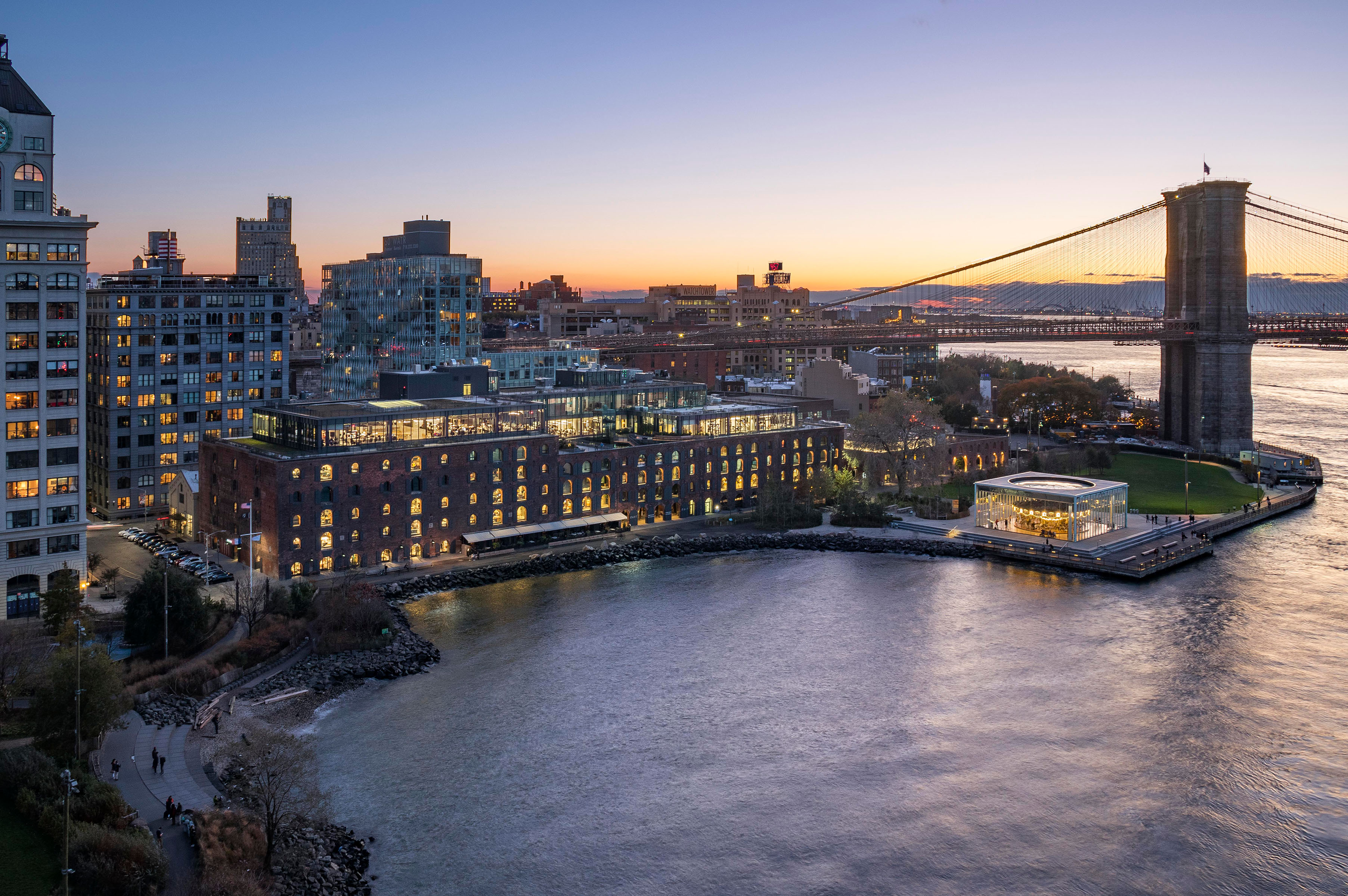
STUDIO V Architecture, Empire Stores (2017), drone photo of exterior building, Brooklyn, courtesy of STUDIO V Architecture. photo / Lester Ali
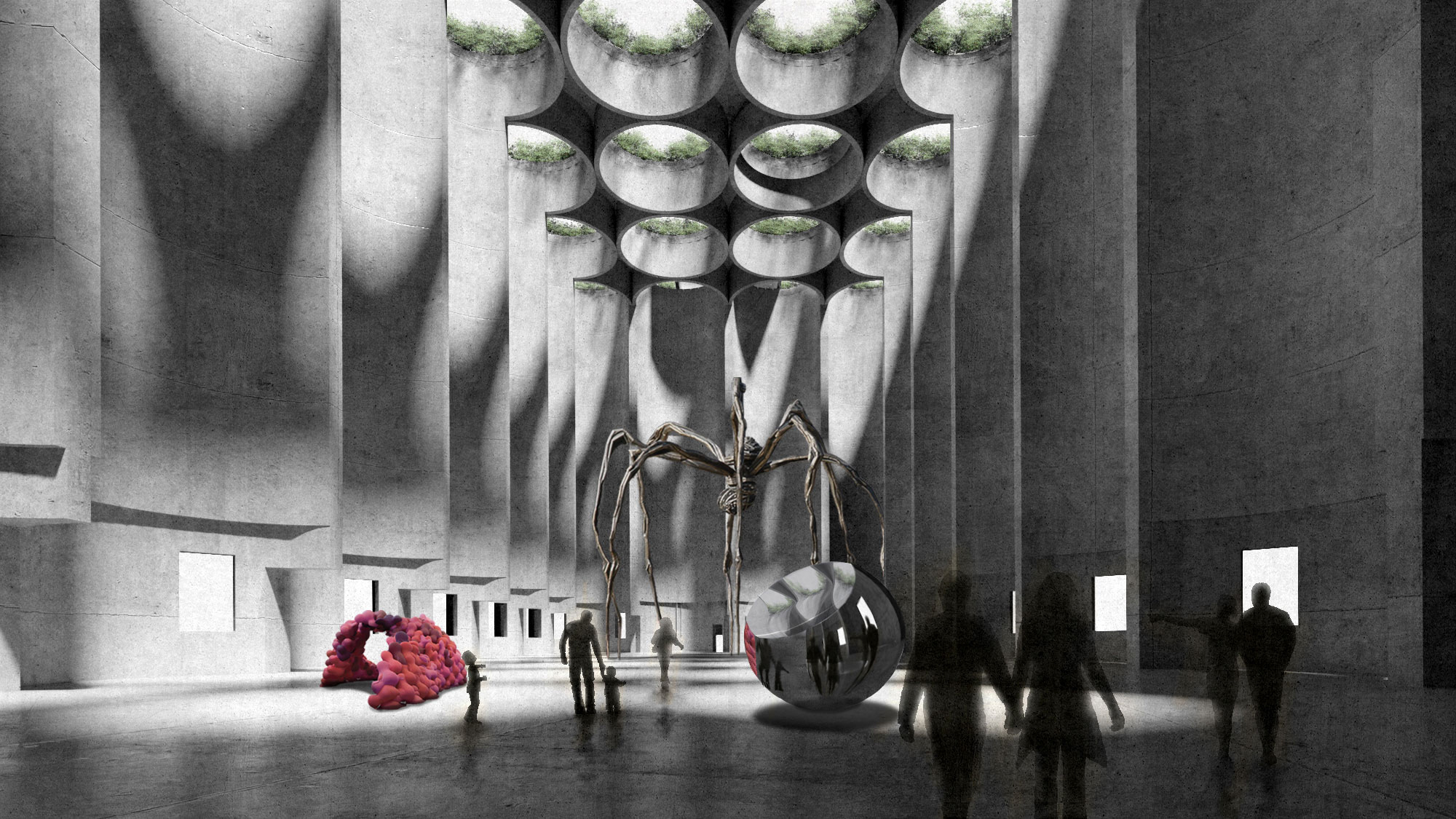
STUDIO V Architecture, Silo City (2014), interior rendering with sculptures, Buffalo, New York, courtesy of STUDIO V Architecture.
Projects
Empire Stores (2017)

Aerial view of rooftop and bridge, Brooklyn, courtesy of STUDIO V Architecture. photo / K. Taro Hashimura
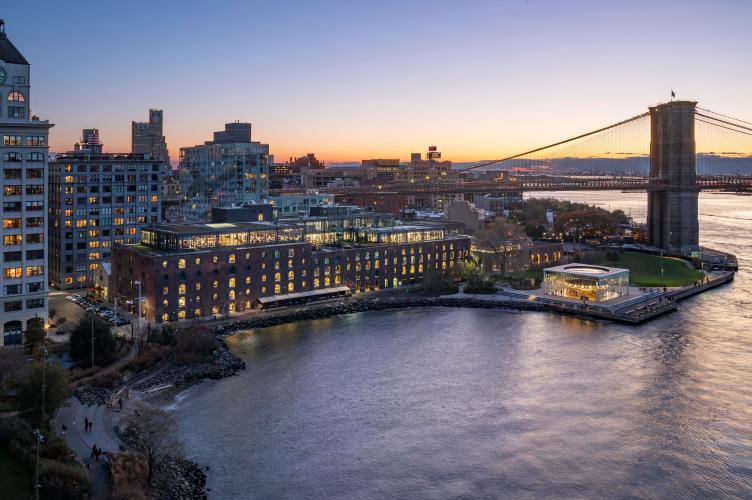
Drone photo of exterior building, Brooklyn, courtesy of STUDIO V Architecture. photo / Lester Ali
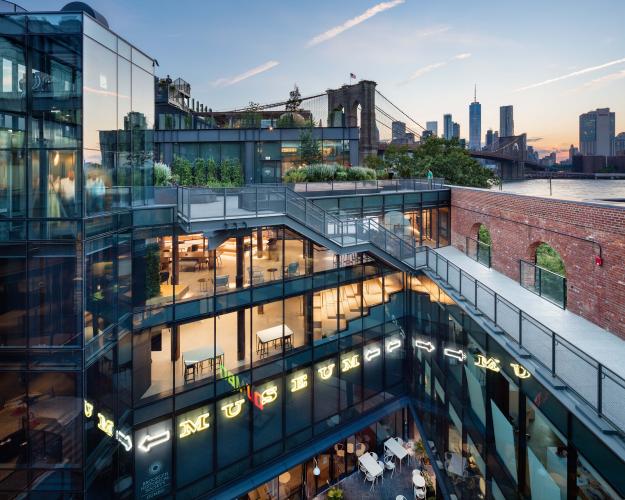
Interior view of walkway and façade, Brooklyn, courtesy of STUDIO V Architecture. photo / Raimund Koch
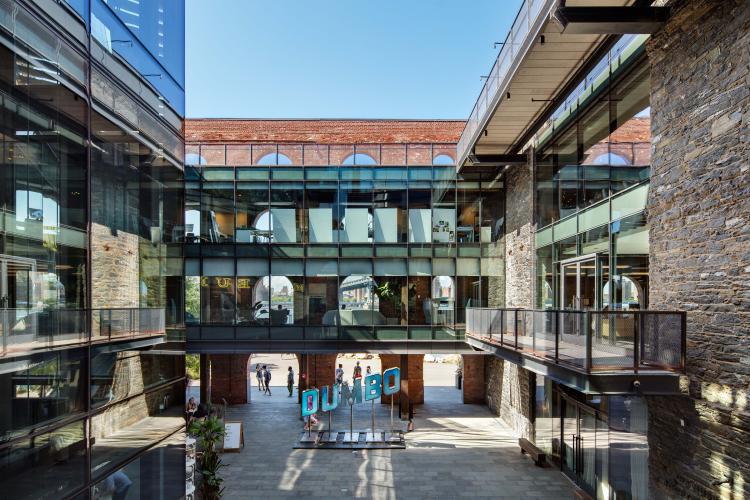
Interior view with Dumbo sign, Brooklyn, courtesy of STUDIO V Architecture. photo / Raimund Koch
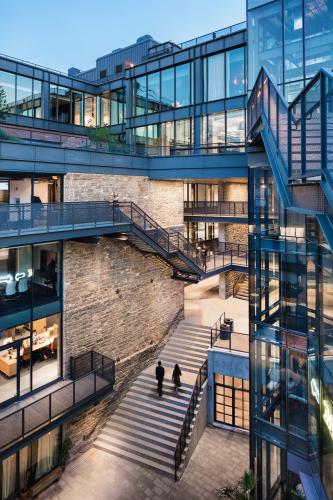
Interior staircase view, Brooklyn, courtesy of STUDIO V Architecture. photo / Raimund Koch
Yonkers Raceway (2013)
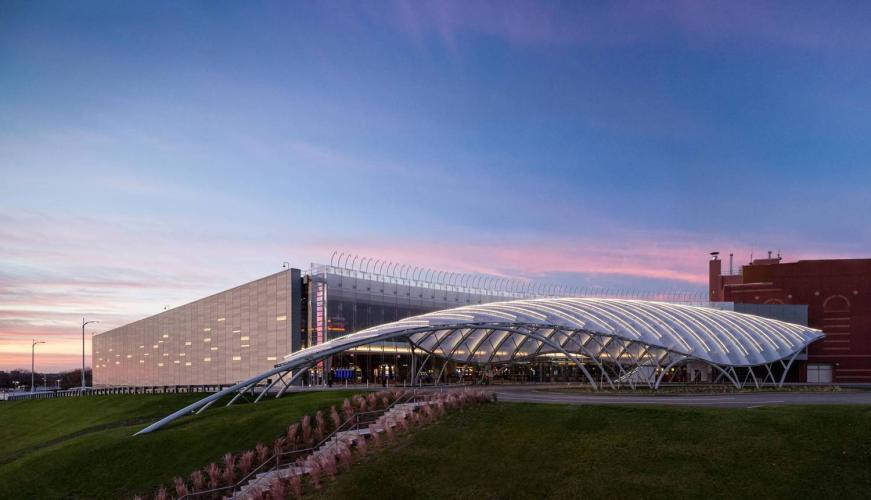
Distant exterior shot, Yonkers, New York, courtesy of STUDIO V Architecture. photo / Paul Warchol
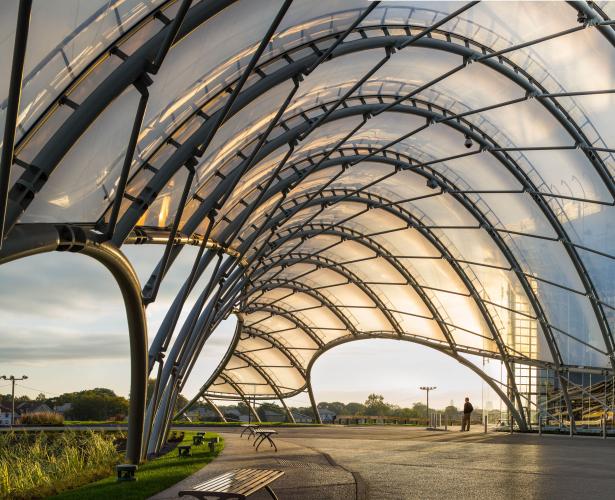
Inside porte-cochère, Yonkers, New York, courtesy of STUDIO V Architecture. photo / Paul Warchol

Porte-cochère, courtesy of STUDIO V Architecture. photo / Paul Warchol
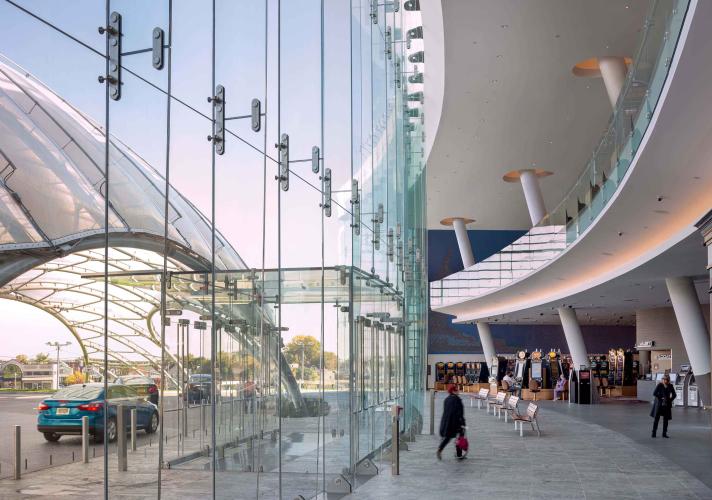
View through the glass wall interior, Yonkers, New York, courtesy of STUDIO V Architecture. photo / Paul Warchol
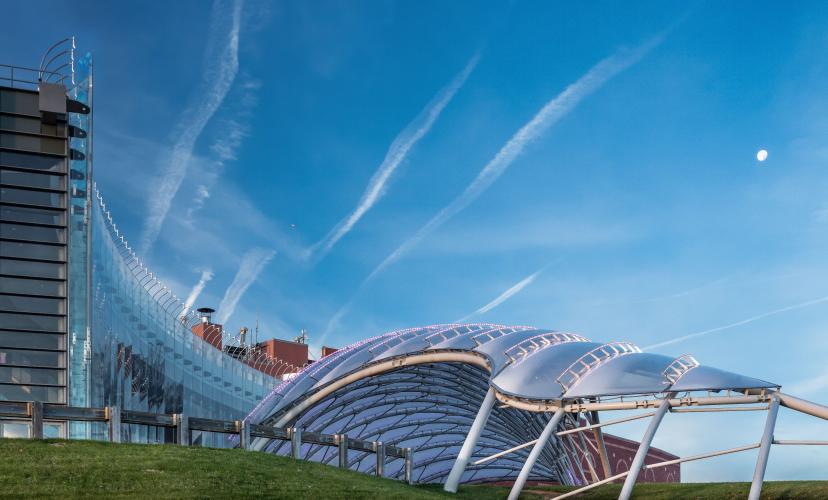
Porte-cochère exterior, courtesy of STUDIO V Architecture. photo / Paul Warchol
Silo City (2014)
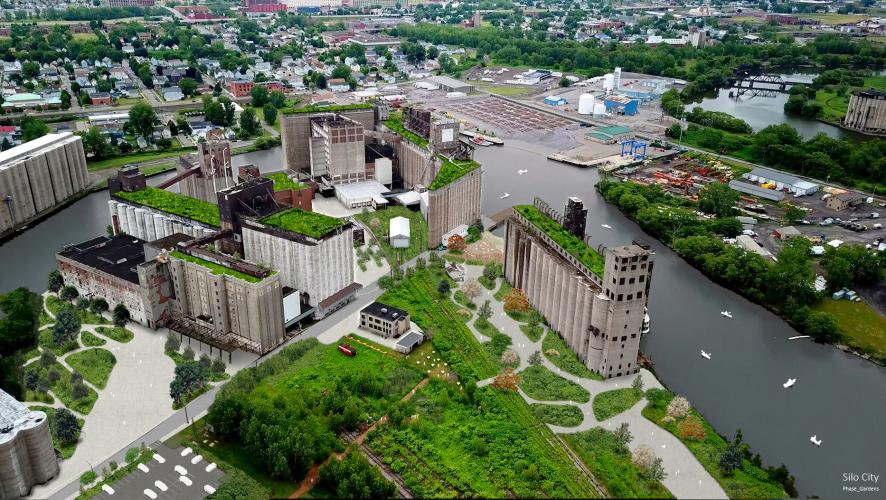
Silo Gardens, Buffalo, New York, courtesy of STUDIO V Architecture.
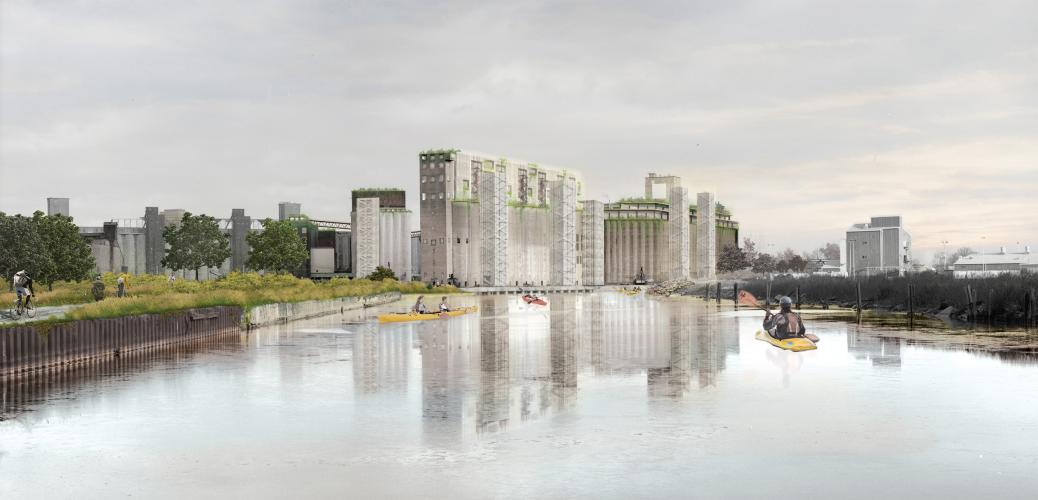
Kayak rendering, Buffalo, New York, courtesy of STUDIO V Architecture.

Isometric, Buffalo, New York, courtesy of STUDIO V Architecture.
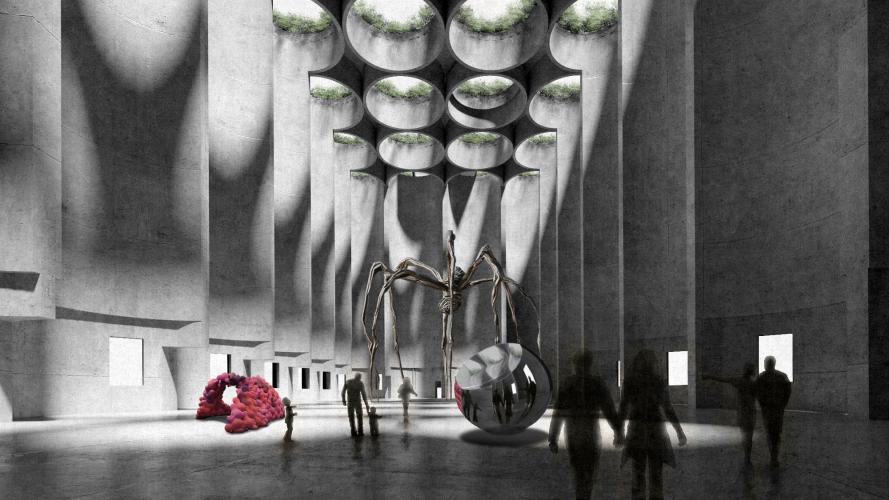
Interior rendering with sculptures, Buffalo, New York, courtesy of STUDIO V Architecture.

Interior rendering with pool perspective, Buffalo, New York, courtesy of STUDIO V Architecture.
The Tanks (2015)

Before and after photos of The Tanks, Bushwick Inlet Park, Brooklyn, courtesy of STUDIO V Architecture.
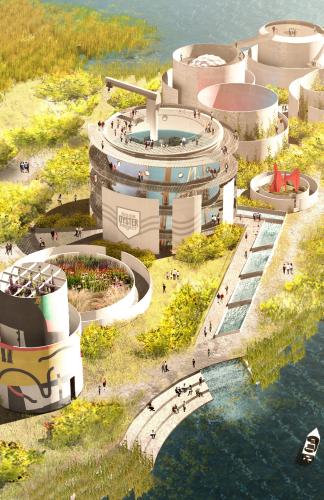
Aerial view close-up perspective, Bushwick Inlet Park, Brooklyn, courtesy of STUDIO V Architecture.
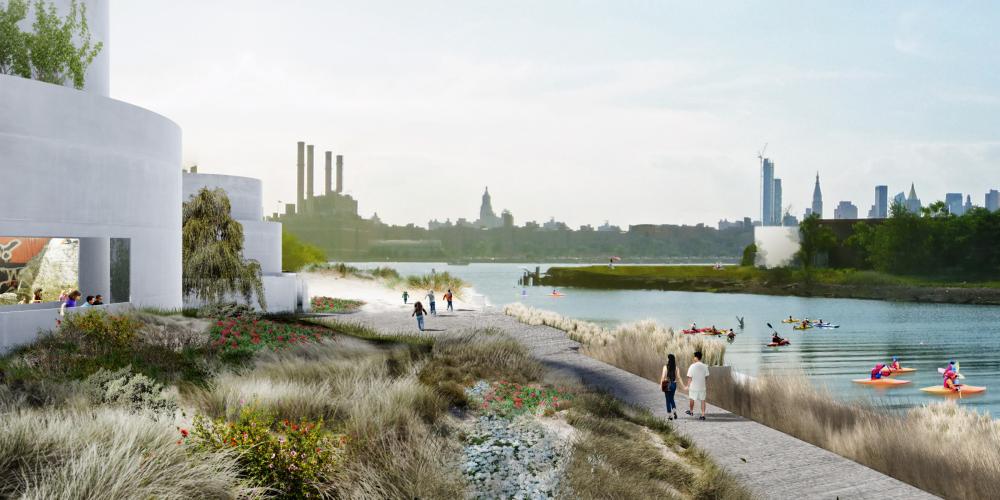
Waterfront view with kayaks, Bushwick Inlet Park, Brooklyn, courtesy of STUDIO V Architecture.
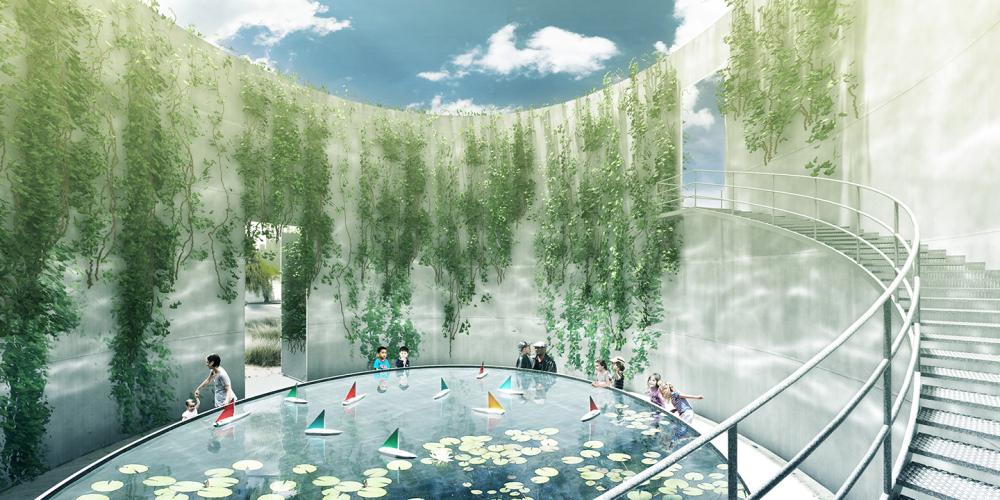
Tank interior with water, Bushwick Inlet Park, Brooklyn, courtesy of STUDIO V Architecture.
J+K Residences (2016)
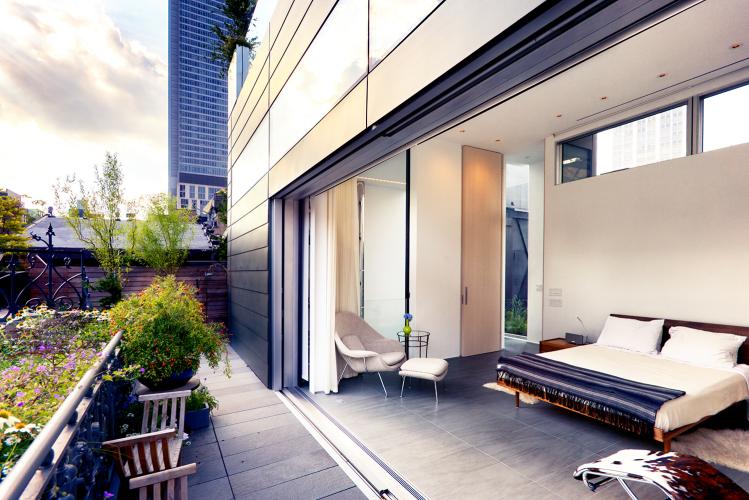
Master bedroom, New York City, courtesy of STUDIO V Architecture. photo / David Rahr
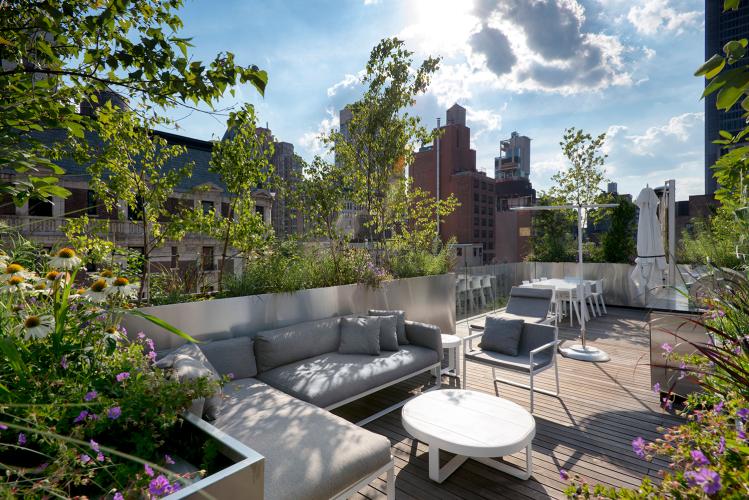
Penthouse roof garden, New York City, courtesy of STUDIO V Architecture. photo / David Rahr

Living room with bookcase, New York City, courtesy of STUDIO V Architecture. photo / David Rahr
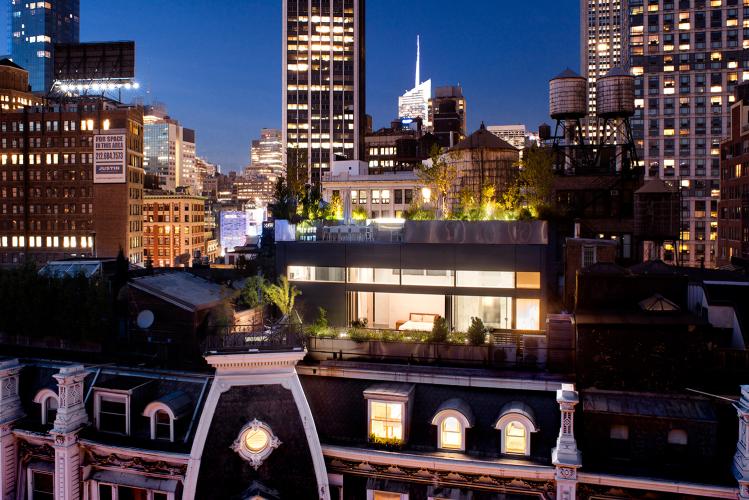
Exterior view of penthouse skyline, New York City, courtesy of STUDIO V Architecture. photo / David Rahr
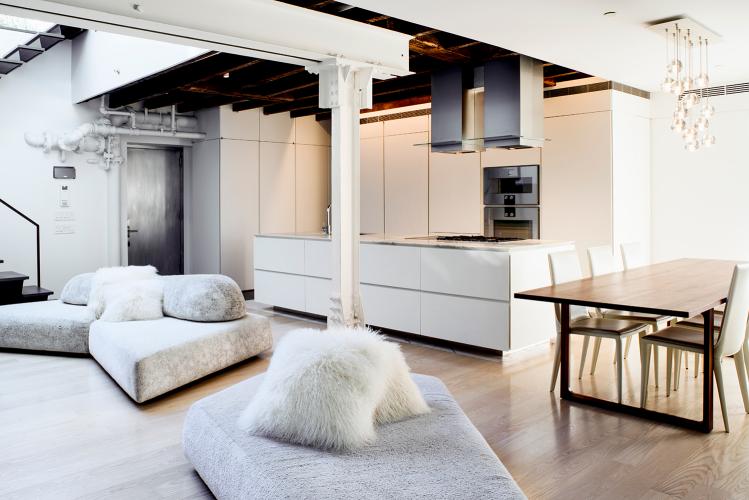
View of dining room, New York City, courtesy of STUDIO V Architecture. photo / David Rahr
Helena 57 West Lobby (2018)
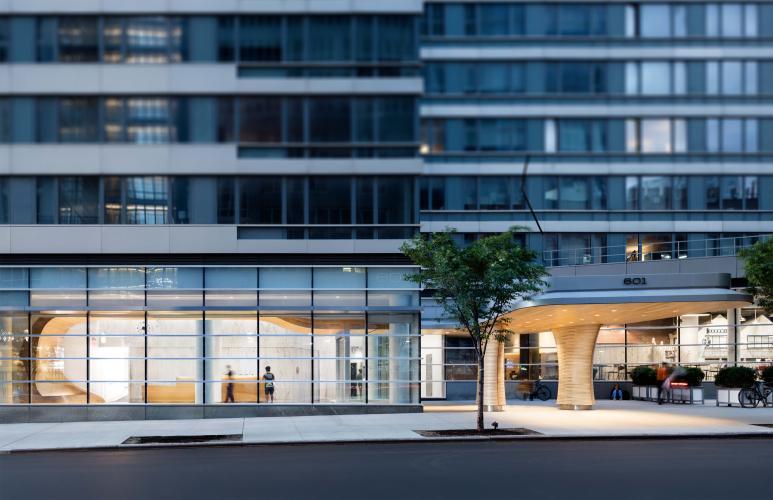
Entrance, stack-laminated wooden form fabricated from Accoya pine by SITU Fabrication, New York City, courtesy of STUDIO V Architecture. The entrance is defined by a wooden form that flows from the outside portico, across the entire length of the ceiling inside, and down the far wall of the lobby. photo / Raimund Koch

Entryway portico, stack-laminated wooden form fabricated by SITU Fabrication, New York City, courtesy of STUDIO V Architecture. photo / Raimund Koch
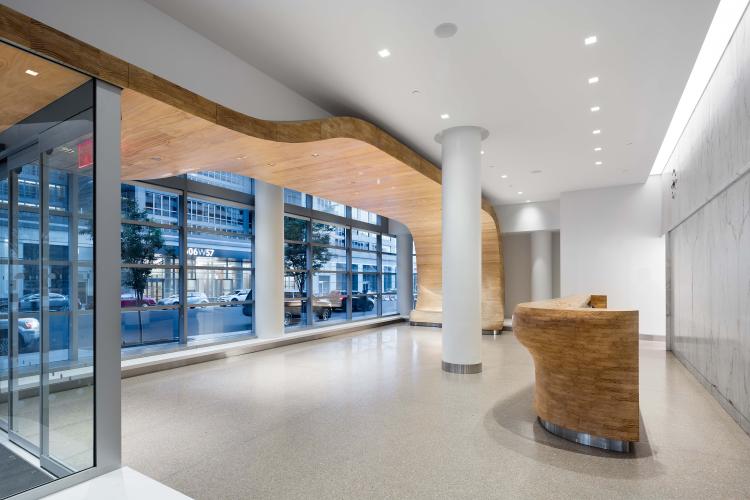
Wooden reception desk and canopy, fabricated from Accoya pine by SITU Fabrication, New York City, courtesy of STUDIO V Architecture. photo / Raimund Koch

Stack-laminated wooden canopy arching up wall and across the ceiling, fabricated from Accoya pine by SITU Fabrication, New York City, courtesy of STUDIO V Architecture. photo / Raimund Koch
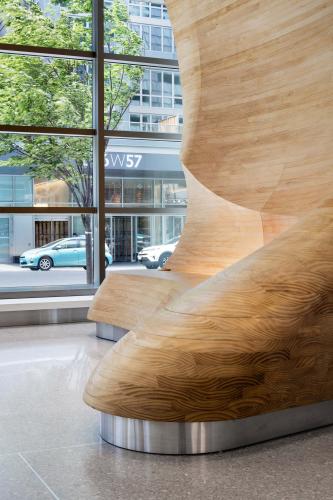
Bench extending up the wall to form the overhead canopy, New York City, courtesy of STUDIO V Architecture. photo / Raimund Koch
Color: Lorem ipsum dolor sit amet, consectetur adipisicing elit. Distinctio, eveniet?
